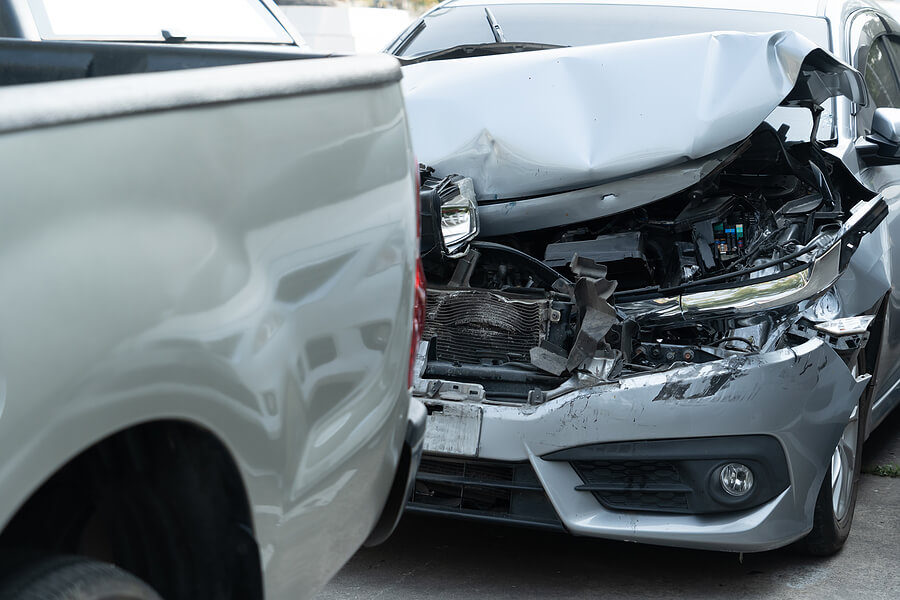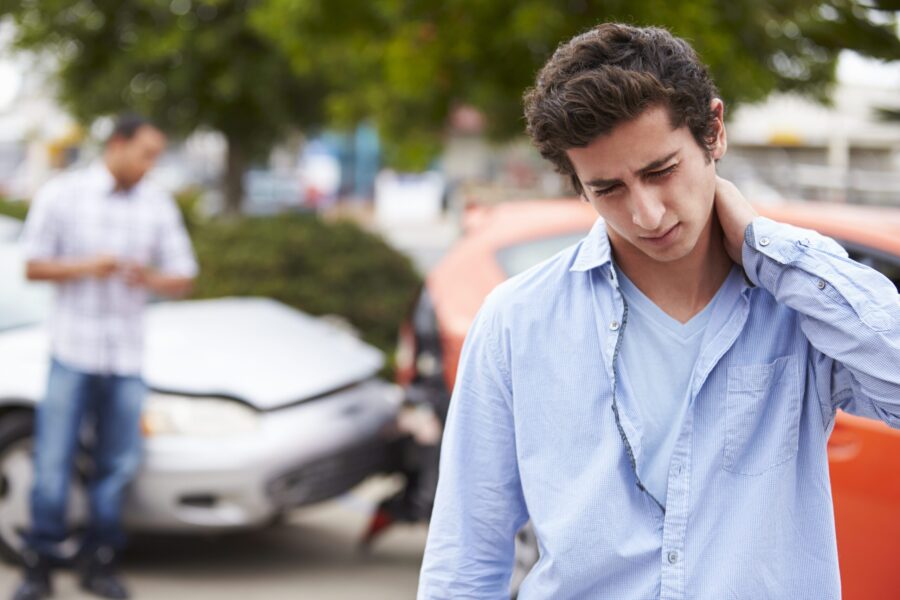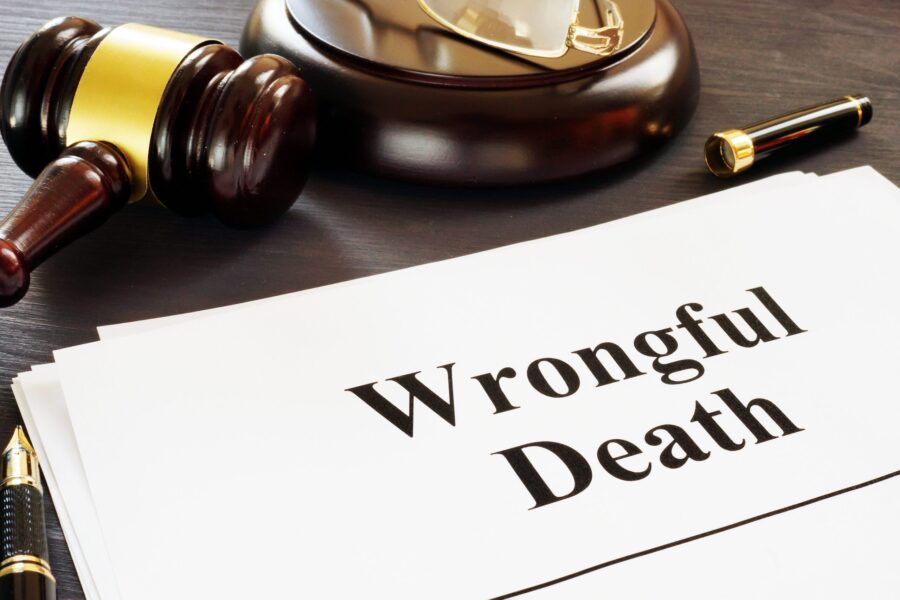

Who’s at Fault for a Rear-end Accident in Michigan?
Rear-end collisions are the most common type of multi-vehicle traffic accident in the United States, accounting for 41.2 percent of such crashes, according to the National Safety Council (NSC). In fact, in 2021, these accidents happened nearly twice as often as sideswipe collisions, the next most common type of crash. Nor are these accidents the relatively minor “fender benders” of the popular imagination, as the NSC estimates that the roughly 3.9 million rear-end collisions that happened that year injured nearly 1.6 million people.
This raises the question: who’s at fault for a rear-end accident? Is it always the driver in the rear vehicle, or could someone else be to blame? Let’s explore those questions in detail, including the implications that fault has on financial liability.
What Is a Rear-End Accident?
A rear-end accident occurs when a vehicle collides with the back of the vehicle in front of it. These types of accidents frequently occur in high-traffic areas where sudden stops, speed fluctuations, or driver distractions are prevalent. Despite their seemingly mundane nature – they’re commonly called “fender benders” when minor – rear-end collisions can lead to significant vehicle damage and, more importantly, injuries ranging from whiplash to severe head and spinal trauma.
Is the Rear Driver Always at Fault?
The principle of the safe following distance is fundamental to the rules of the road, which is why the rear driver is often assumed to be at fault in rear-end accidents. Under this principle, drivers should always maintain enough space between themselves and the vehicle in front of them to safely react and stop if necessary, reducing the risk of collision. Many rear-end accidents are the result of the rear driver violating this rule, hence the common perception that the rear driver is invariably at fault.
However, this perception is not entirely accurate. In fact, fault for a given rear-end accident could potentially lie with any of the following parties:
- The Lead Driver: While it’s less common, there are situations where the driver in front could be held partially or entirely responsible. For instance, if their brake lights were out, they reversed suddenly or stopped abruptly without cause, they could be seen as contributing to the accident.
- Other Motorists: Sometimes, the driver of a third vehicle might force one car into another, causing a rear-end accident. In such cases, the driver of this third vehicle might be found at fault.
- Pedestrians or Bicyclists: Pedestrians or bicyclists could be to blame when they unexpectedly dart into traffic and cause vehicles to stop abruptly, leading to a rear-end collision.
- Vehicle Manufacturers: If a vehicle’s brakes or other critical systems fail suddenly while in operation, there might be little a driver could do to avoid a rear-end collision. In such cases, the vehicle manufacturer or a mechanic who recently worked on the vehicle could be found at fault due to product liability or negligence.
Determining who is to blame for a rear-end accident requires a thorough investigation of the crash and a review of the evidence.
Hurt in a Rear-end Accident in Michigan? Contact Mihelich & Kavanaugh, PLC
Have you or a loved one been injured in a rear-end accident in Michigan? If someone else was to blame, they could owe you compensation for your vehicle repairs, medical bills, lost wages, and pain and suffering. Even if you were the rear driver, circumstances could mean that someone else was principally or even fully at fault for the accident. The Michigan car accident attorneys with Mihelich & Kavanaugh, PLC can investigate the crash, determine if someone else was at fault, and demand that they compensate you fairly.
Contact us today to get started with a free, no-obligation consultation.







